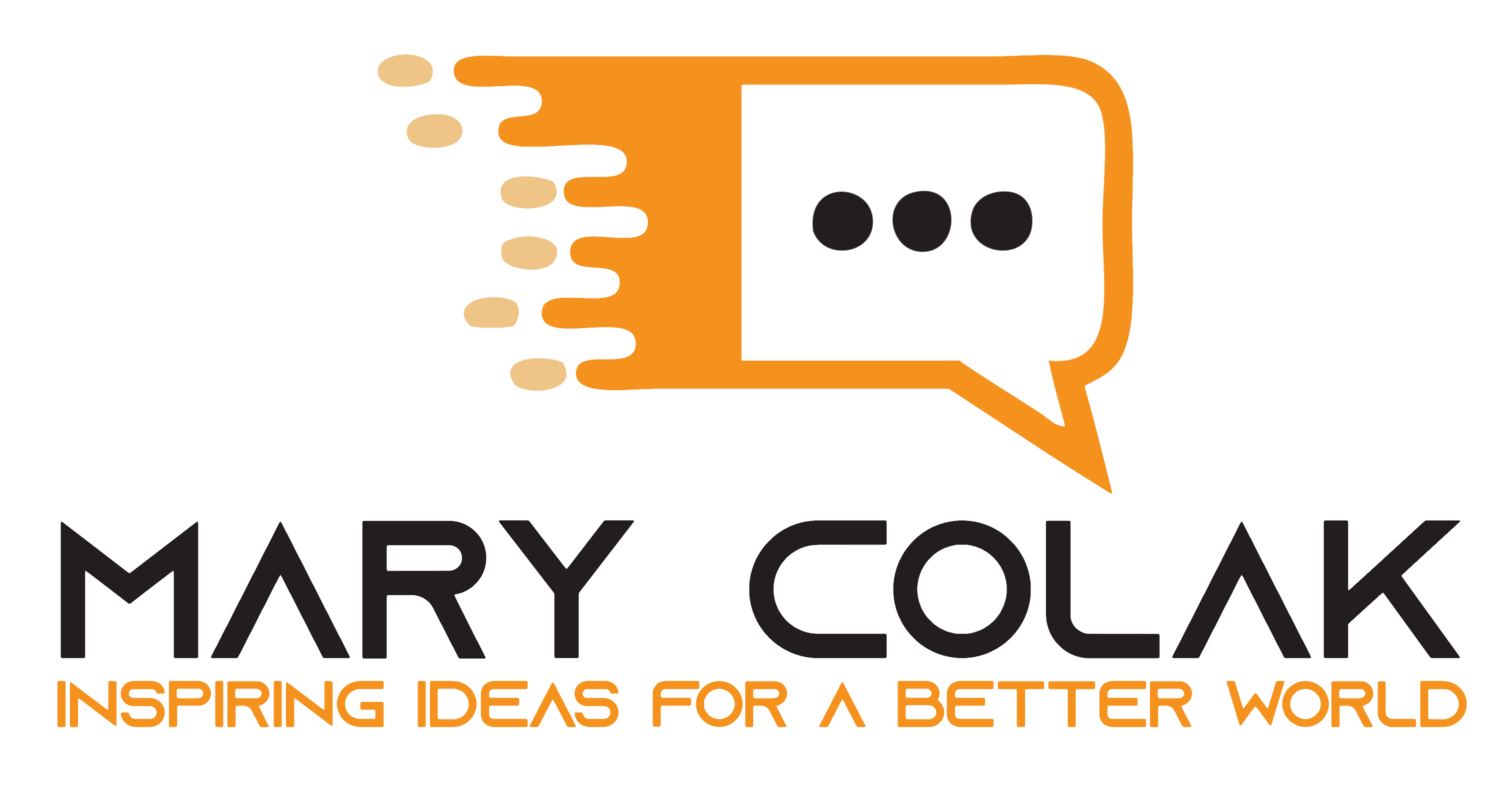Extra! Extra! Money, money
Extra! Extra!
Are you the kind of person that cleans your house before the cleaning company arrives? Do you review a binder before (or after) giving it to your colleague for review? And, heck, who doesn't want to check three times to make sure the alarm system is on/off? In the real world, all of this probably happens, but it shouldn't; especially in the work place.
If you or others in your organization spend time on "perfecting" or "ensuring" that services or products are delivered efficiently, you are being inefficient. Think about all the things that you accomplish in a day (either at work or at home). How much more could you accomplish if you eliminated redundant steps in processing, multiple inspections, re-work, duplication, unnecessary reports, inadequate technology, multiple different spreadsheets across the organization used to record the same information, and other extra-processing that adds no value to either the customer or to the organization (or to you, for that matter)? Many organizations get stuck with processes that are layered with individual preferences instead of effectiveness. This not only takes extra time, but it costs more, too. While it is sometimes a hard thing to correct, it is not impossible.
If you're dealing with extra-processing (i.e., doing more than the customer needs or requires), here's how to get back on the efficiency track: PUT IT IN WRITING. Clear standards, policies, procedures, and specifications will help staff to perform their work in the most efficient way possible. Written instructions provide detail and clarity and where there's detail and clarity, there's efficiency.
Another way to eliminate extra-processing is to spend money on improving processes and/or automating processes. In this way, you will be able to run your operations with fewer resources. For instance, think about the multiple different spreadsheets across the organization used to record the same information. Why not invest money to consolidate the information in a central database? By doing this, you are saving time and money in the long run.
If there is a more efficient method of getting the same or better results for your customers, then it is worth an initial investment for long term gain. This type of "extra" is good value for money rather than the extra steps built into processes that are adding no value.
Money, money, money
"...Money, money, money
Must be funny
In the rich man's world
Money, money, money
Always sunny
In the rich man's world
Aha-ahaaa
All the things I could do
If I had a little money
It's a rich man's world..."
(Lyrics by Abba)
When the economy seems to be plummeting, it gets harder to maintain (or build) a profit no matter if you're a big corporation, a small business owner, or an employee. Goods and services cost more and taxes never cease; yet you need to keep moving forward on that food chain. So what do savvy leaders do? They look at their internal processes for cost savings.
In any given process, an average 30 to 50 steps are waste. Think about your accounting process as an example. How many forms, transactions, signatures, approvals, batch reviews, etc. is your company producing or processing? Of these, how many steps add value to your customer? If you're honest with yourself, you will see that this one function alone, once improved, could save your organization thousands of dollars with only minor changes.
Re-kindle your organization's productivity by involving staff in a Kaizen event where you will be able to identify several savings throughout your organization. Typical results of Kaizen events can include immediate productivity gains between 10 to 20 percent. The event is based on "bursts" of education followed by immediate application of learning. Here are guidelines to conduct your own Kaizen event:
Select an area for improvement that will provide a high impact/low risk learning experience
Obtain management buy-in and support
Day 1 - Train the team in Lean Six Sigma
Day 2 - Gather and analyze baseline data information, e.g., use value stream mapping, problem solving, error proofing, waste walks, spaghetti charts, etc.
Day 3 - Brainstorm; set goals, and develop implementation plans
Day 4 - Implement your plan and collect data again (to compare before and after)
Day 5 - Prepare and do a dry run of the presentation that the team will make to management (post-Kaizen event results)
Kaizen events help your organization to create flow, eliminate waste, and create a sense of urgency among participants. Since a single event can improve productivity by as much as 20 percent, expanding the event to every area of your organization will also expand your productivity gains. And with improved productivity comes more money in the bottom line.
The beauty of Kaizen events is that since staff are actively involved in implementing changes, the changes are sustainable. And where there is sustainability, there is profit.


